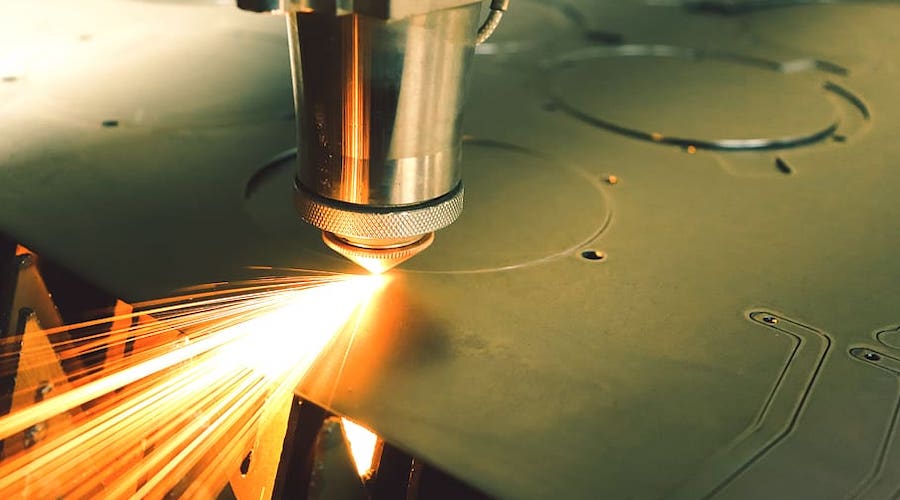
A recent development out of King Abdullah University of Science and Technology may help engineer an improved anode material in next-generation batteries.
In a paper published in the journal Small, KAUST researchers demonstrated the use of laser pulses to modify the structure of a promising alternative electrode material known as MXene, boosting its energy capacity and other key properties.SIGN UP FOR THE BATTERY METALS DIGEST
In the study, the scientists explain that graphite contains flat layers of carbon atoms, and during battery charging, lithium atoms are stored between these layers in a process called intercalation. MXenes also contain layers that can accommodate lithium, but these layers are made of transition metals such as titanium or molybdenum bonded to carbon or nitrogen atoms, which make the material highly conducting.
The surfaces of the layers also feature additional atoms such as oxygen or fluorine. MXenes based on molybdenum carbide have particularly good lithium storage capacity, but their performance soon degrades after repeated charge and discharge cycles.
The role of molybdenum
The KAUST team, led by Husam N. Alshareef and Zahra Bayhan discovered that this degradation is caused by a chemical change that forms molybdenum oxide within the MXene’s structure.
To tackle this problem, they used infrared laser pulses to create small “nanodots” of molybdenum carbide within the MXene, a process called ‘laser scribing.’ These nanodots, roughly 10 nanometers wide, were connected to the MXene’s layers by carbon materials.
This offers several benefits. Firstly, the nanodots provide additional storage capacity for lithium and speed up the charging and discharging process. The laser treatment also reduces the material’s oxygen content, helping to prevent the formation of problematic molybdenum oxide. Finally, strong connections between the nanodots and the layers improve the MXene’s conductivity and stabilize its structure during charging and discharging.
“This provides a cost-effective and fast way to tune battery performance,” Bayhan said in a media statement.
The researchers made an anode from the laser-scribed material and tested it in a lithium-ion battery over 1000 charge-discharge cycles. With the nanodots in place, the material had a four-fold higher electrical storage capacity than the original MXene and almost reached the theoretical maximum capacity of graphite. The laser-scribed material also showed no loss in capacity during the cycling test.
Given these results, they think that laser scribing could be applied as a general strategy to improve the properties of other MXenes. This could help to develop a new generation of rechargeable batteries that use cheaper and more abundant metals than lithium, for example.
“Unlike graphite, MXenes can also intercalate sodium and potassium ions,” Alshareef said.